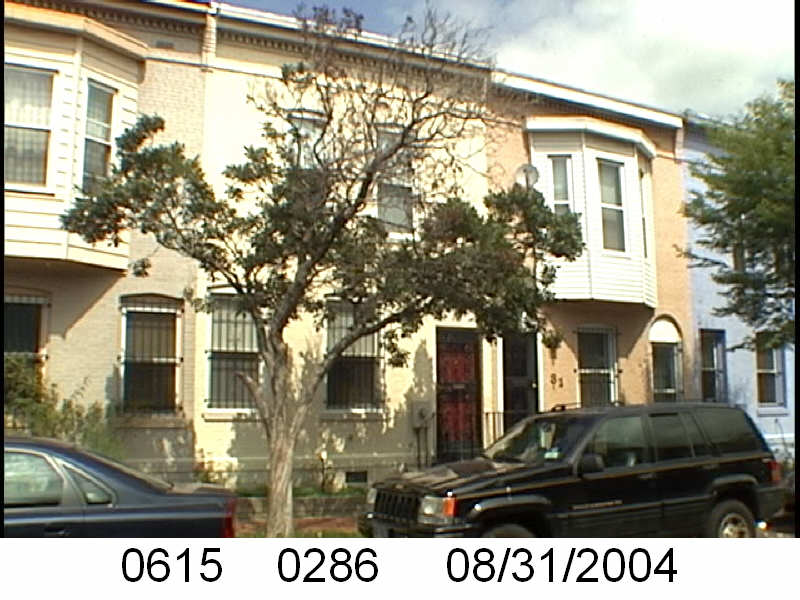In the month of April we’re looking at the Washington Sanitary Improvement Company (WSIC) ownership of lots on Square 552, which is bounded by 1st, P, 3rd and Q Streets NW in Washington, DC. According to the 1933-1934 General Assessment WSIC owned lots 33-35, 49-94, 98-100, 104-150, 811, and 816-820. In this post we’ll look at P St NW, which are lots 107-119, 148-150.
So houses west of the alley between 139 and 201 P St NW are WSIC houses. Those are 201-231 P St NW. The other houses, east of the alley, 105-139 P St NW, are not.
I feel I need to state that the images are from 2004. Truxton Circle was a little rough around the edges then. It’s been 18 years now and most of the properties have been renovated. Several homes that were vacant, are now someone’s home. So the images do not reflect their current state. Go on to Google Street View for that.
Several of the WSIC houses have the classic 2nd floor bay and or have the covered entryway.

There are several houses in this row that have kept their two door entries. I believe, and I will look into this later, that almost all the WSIC properties were originally built to house two or more households.
As seen with Q St and 3rd Street, the WSIC bookended their row with a bay that was two stories, as opposed to a 2nd floor bay. They did not do that with P Street.


The two ends of the WSIC row on P Street NW are not identical. 201 P St NW has something unusual, two entry doors, for the same property next to each other and covered. Typically, the two doors are separated by a window. Maybe this was done because of the alley? But if so, this is not replicated on Q St or on Bates.


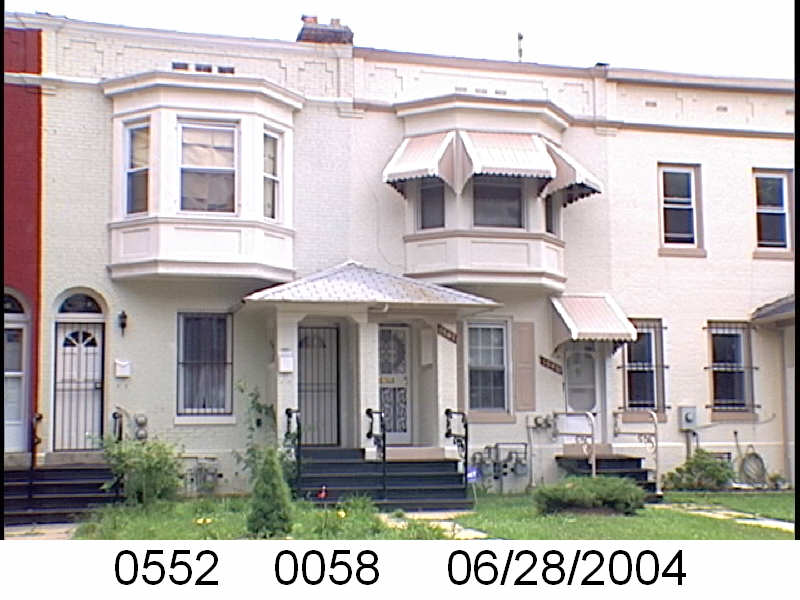



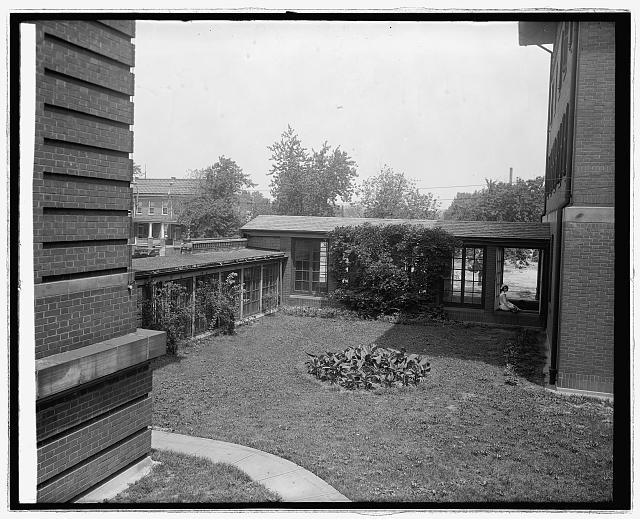


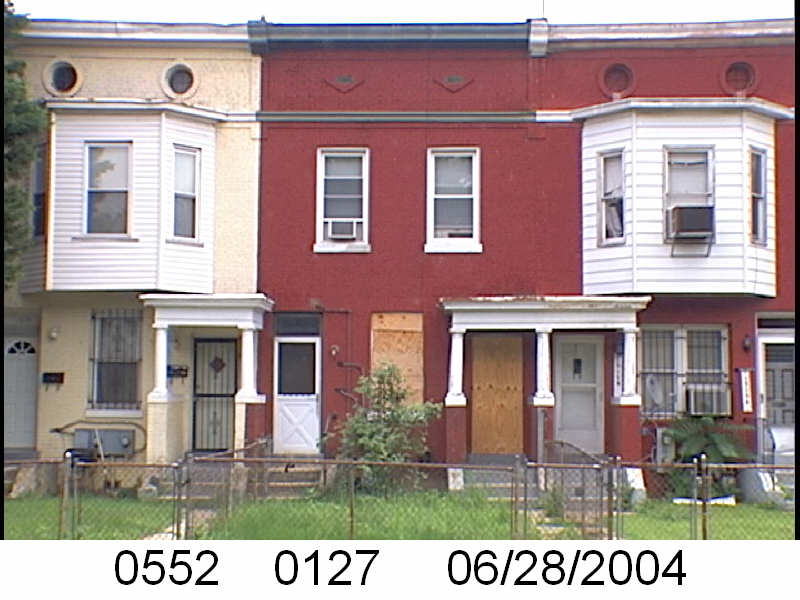











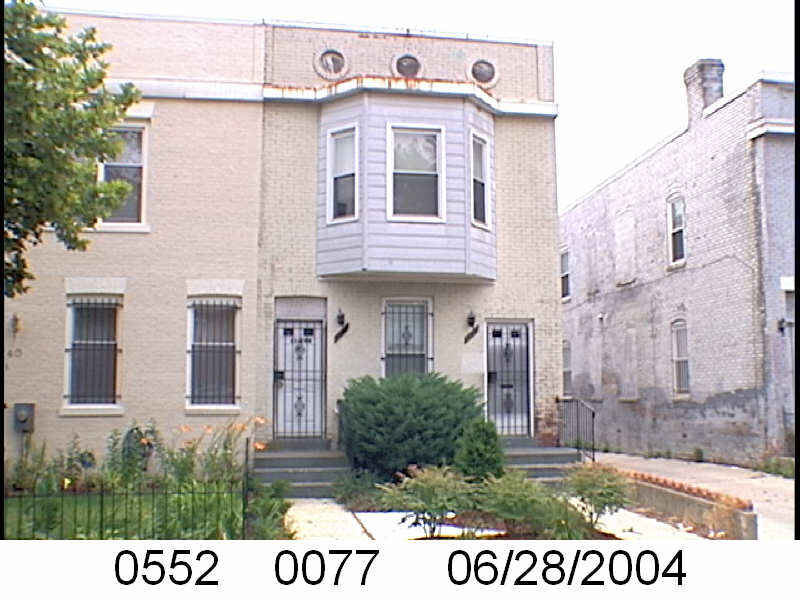





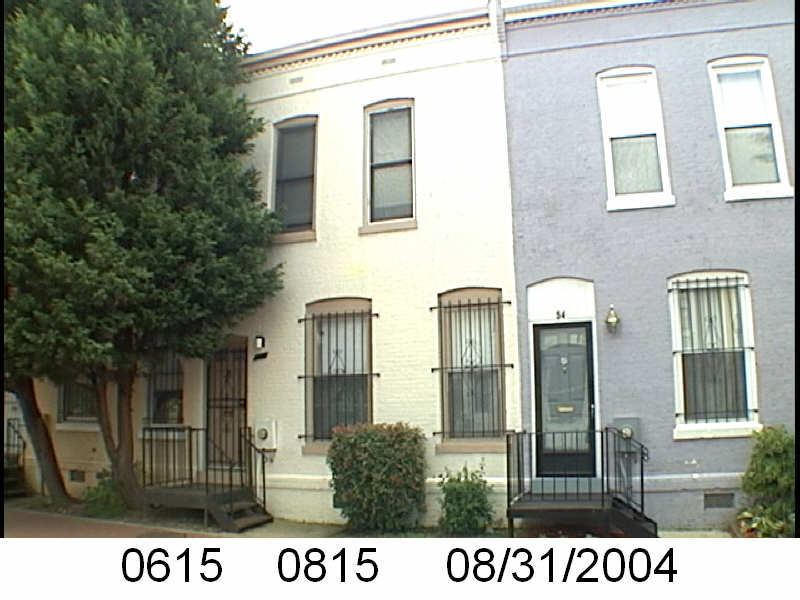

 So let’s first look at lots 134-140. And here is where we find our first problem. The lot numbers changed. Lot 140 would be 31 Bates Street NW. That address is now lot 285. I find a lot number changes. Sometimes the property undergoes some sort of conversion or there is another reason for the lot number change. It doesn’t happen too often but it does happen.
So let’s first look at lots 134-140. And here is where we find our first problem. The lot numbers changed. Lot 140 would be 31 Bates Street NW. That address is now lot 285. I find a lot number changes. Sometimes the property undergoes some sort of conversion or there is another reason for the lot number change. It doesn’t happen too often but it does happen.
